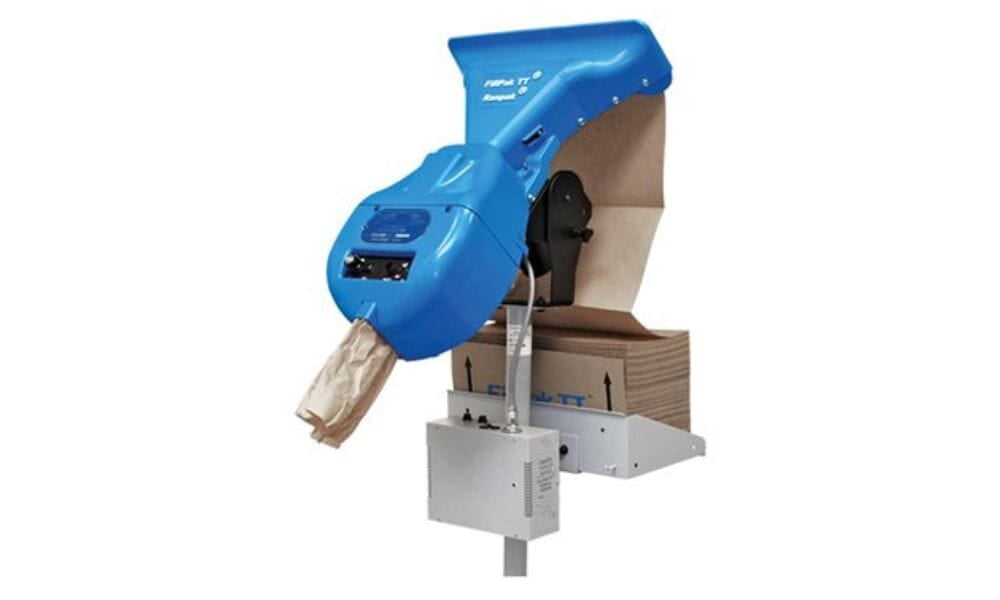
Void fill packaging material fills empty spaces in shipping boxes to prevent items from moving or becoming damaged during transit. The right void fill for your products balances cost and application versatility without sacrificing protection. With this brief look at the many benefits of paper void fill, discover how this material can revolutionize your packaging strategy by offering an eco-friendly, cost-efficient, and highly adaptable solution.
Cost-Effective Packaging
Paper void fill stands out as a cost-effective alternative to other void fill materials. It helps reduce operational costs and gives businesses a competitive advantage. Paper void fill is cost-effective primarily because it is made from abundant, renewable resources that keep the raw material costs low compared to synthetic packaging materials. Additionally, the efficient production process for paper void fill reduces manufacturing costs, meaning businesses save on their packaging expenses.
Paper void fill machines minimize waste and further drive down the overall cost of packaging. These devices efficiently convert bulk paper rolls into ready-to-use packaging materials, significantly reducing labor costs and time.
Versatility
One of the many benefits of paper void fill is the versatility it offers businesses by simplifying the packaging process. Facilities can use the material for a broad spectrum of products, from fragile items to those requiring additional cushioning. This adaptability allows businesses to use a single void fill solution across various product lines.
Whether filling small voids or wrapping larger items, packaging lines can manipulate the paper to fit any shape or size, offering flexible solutions for diverse packaging needs. This versatility not only enhances protection but also improves packing efficiency.
Low Carbon Footprint
Paper void fill’s low carbon footprint means it contributes minimally to greenhouse gas emissions throughout its lifecycle—from production to disposal—making it an environmentally friendly packaging option.
These characteristics of paper fill make it a sustainable packaging solution:
- Crafted from renewable resources: Paper void fill is made from materials that can be replenished, such as recycled content or wood from responsibly managed forests.
- Biodegradable material: Unlike plastic, paper void fill decomposes naturally, significantly reducing its environmental footprint.
- Efficient production process: The manufacturing of paper void fill requires less water and energy, making it more eco-friendly compared to other packaging options.
- Easily recyclable: Paper void fill can be recycled by both businesses and consumers, promoting sustainable waste management practices.
Effective Protection
Paper fill snugly fits voids, securing items in place and minimizing movement within the boxes. This protective barrier significantly reduces the risk of damage during transit, ensuring products arrive at their destinations in pristine condition.
Beyond its physical protective qualities, paper void fill also offers peace of mind to businesses and consumers. Effective product protection enhances the overall customer experience, reinforcing brand loyalty and satisfaction.
Paper void fill emerges as an environmentally responsible, cost-effective, and versatile packaging solution that addresses operational efficiency and sustainable practices. It provides essential protection while reducing waste, labor costs, and environmental impact. By integrating paper void fill into their packaging strategies, companies not only safeguard their products during transit but also contribute positively to ecological conservation and customer satisfaction.
